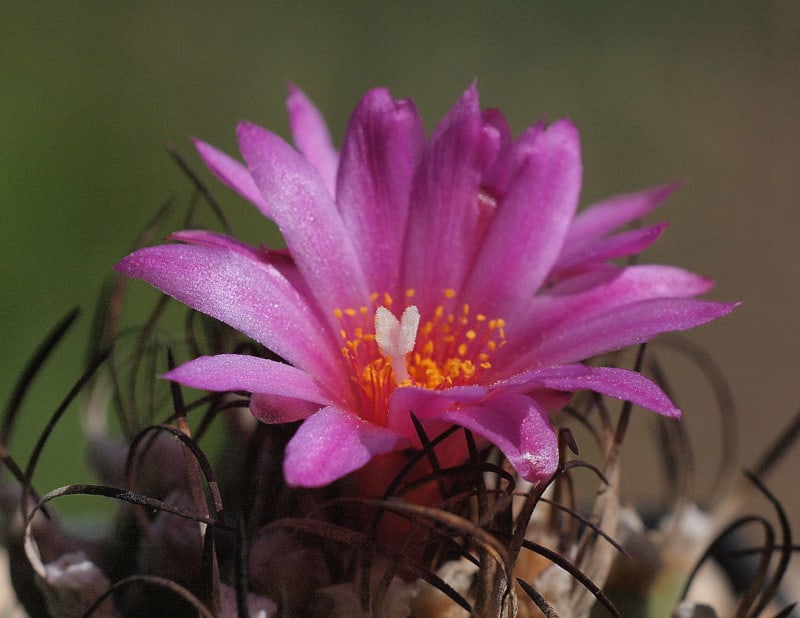
Turbinicarpus alonsoi Facts
- Perhaps most notably, the truly amazing Turbinicarpus alonsoi remains one of those species that has no common name. However, this does not negate the fact that this fabulous succulent constitutes an extremely fascinating plant.
- But, quite sadly, the marvelous species of succulent now faces the very real possibility of extinction. This lamentable possibility occurs due to a combination of numerous factors, not all of which are environmental in nature.
- Firstly, the current natural habitat of the species continues to be severely restricted. As a result, the danger of every current threat becomes compounded. Secondly, climate change and illegal collecting also pose dire threats to it.
- Further, due to these many factors, the IUCN, justifiably, currently lists the Turbinicarpus alonsoi as Critically Endangered. Finally, current estimates place the number of mature specimens existing in the wild at fewer than 5,000.
Related Articles
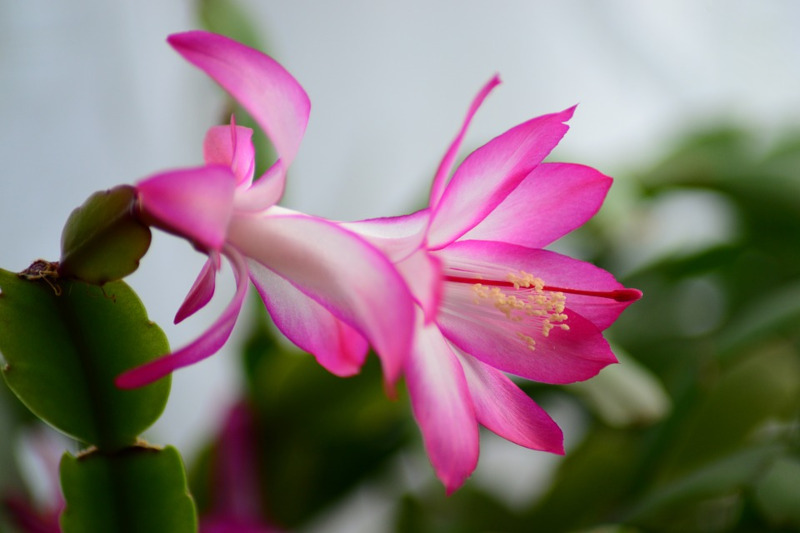

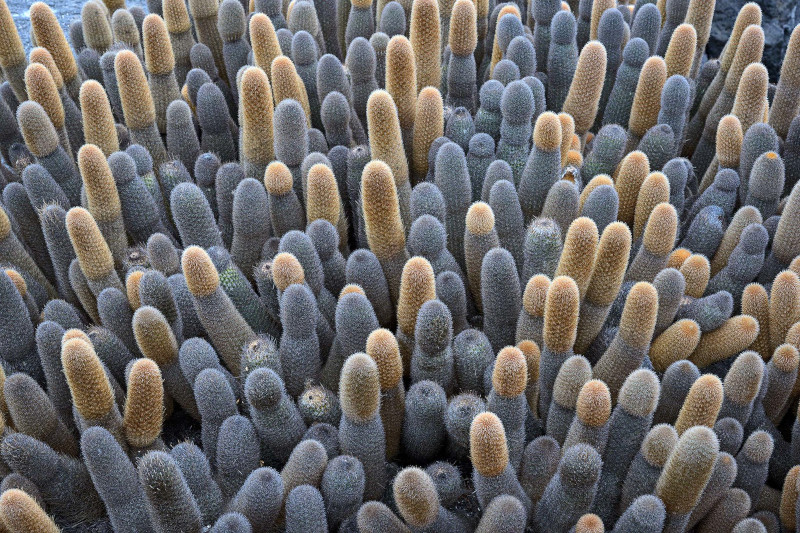
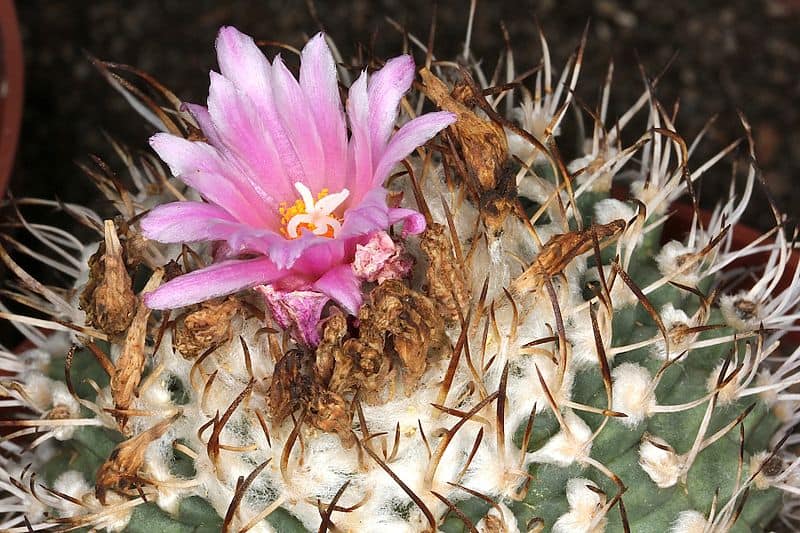
Turbinicarpus alonsoi Physical Description
It must be pointed out that the marvelous Turbinicarpus alonsoi does not distinguish itself based on size. In fact, it ranks as a small specimen. Furthermore, unlike some related species, this comparatively tiny plant evolved a highly flattened spherical shape.
Plus, the rounded stem of the succulent does not grow to a large size. In fact, this part of the plant attains a diameter of 2.4 – 2.75 in (6 – 7 cm). The elongated section of this interesting cactus stays small as well. Typically, it reaches a total length of about 4.3 in (11 cm).
But, the ribs of the plant arrange themselves into an incredible pattern. These develop as a multitude of tubercules. Additionally, these usually reach a length equaling about 0.6 in (15 mm). But, in width these same structures average 0.5 in (13 mm) at the base.
The majority of this species develops tucked away below the surface of the earth. As a result, the taproot of the cactus needs to grow to a great length. Finally, the numerous flowers produced by the Turbinicarpus alonsoi generally develop as a deep pink in color.
- Kingdom: Plantae
- Phylum: Angiosperms
- Class: Eudicots
- Order: Caryophyllales
- Family: Cactaceae
- Genus: Turbinicarpus
- Species: T. alonsoi
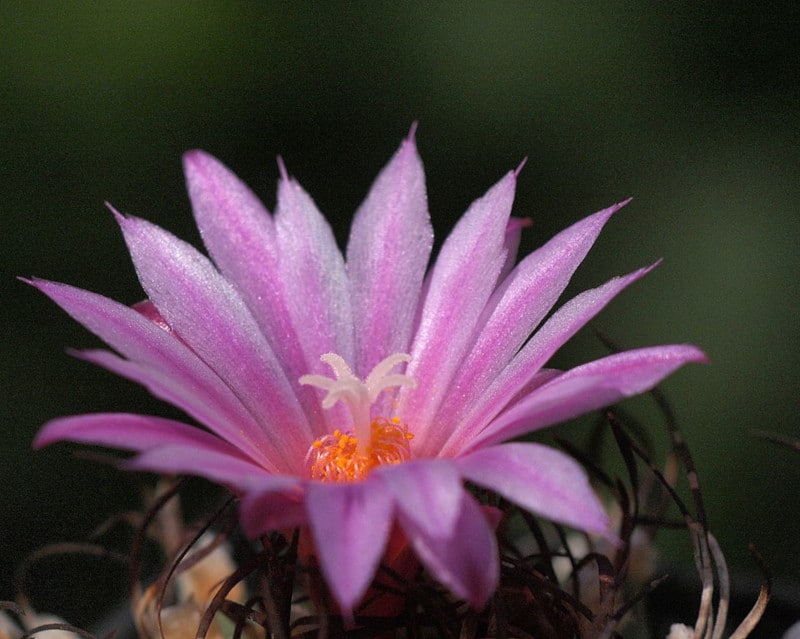
Turbinicarpus alonsoi Distribution, Habitat, and Ecology
Sadly, the Turbinicarpus alonsoi only inhabits a tiny section of the world. To be more precise, this limited area of habitation consists only of a section of Xichu, Mexico, in North America. Also, its entire known range actually only consists of a total of 3.86 sq mi (10 sq km).
It also has highly specific habitat requirements. This situation only further increases its vulnerability. Firstly, this wonderful cactus only grows in regions of highly arid scrub. Secondly, the succulent also requires the soil in such spots to be high in chalk content.
But, the environmental needs of the Turbinicarpus alonsoi do not end there. It also only appears at an approximately specific elevation above sea level. This altitude consists of heights at or around 6,234 ft (1,900 m). As a result, its options remain severely limited.
The species also has a particular period of the year in which it blooms. This time frame occurs between March and October. Plus, its elongated fruit develops as quite small, at about 0.2 – 0.4 in (5 – 10 mm). Finally, the numerous seeds also remain extremely tiny.
Species Sharing Its Range
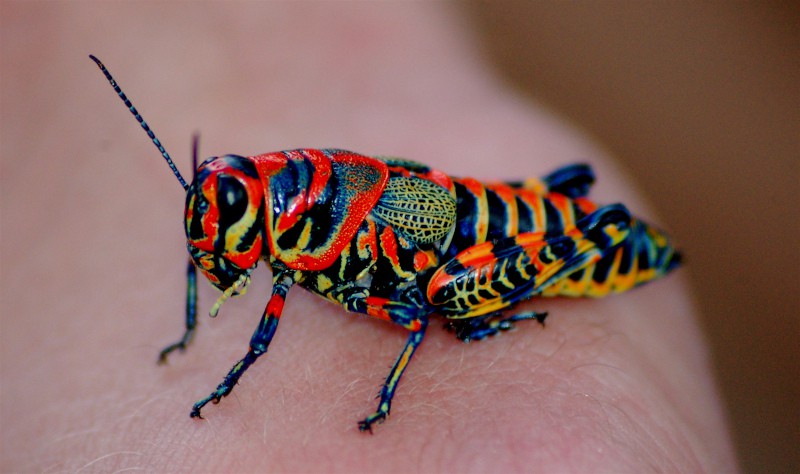

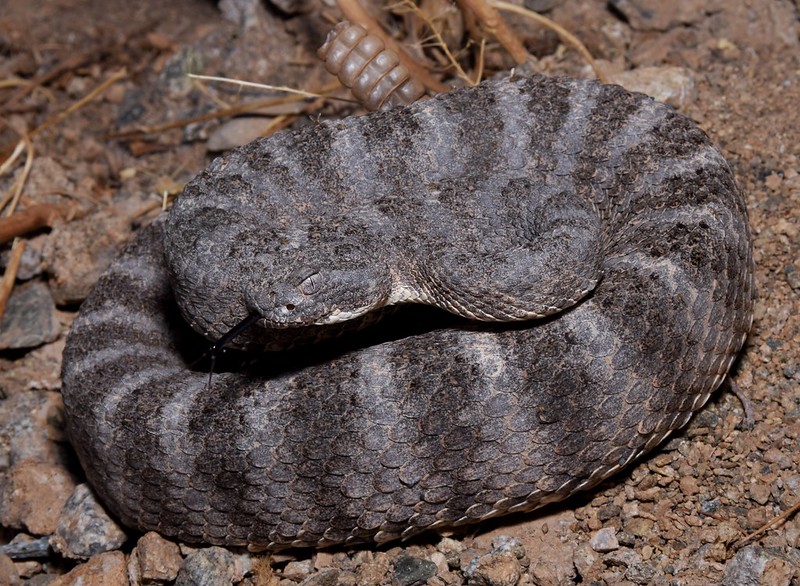
Check out our other articles on Earth’s Geothermal Marvels, Tawny Frogmouth, Erta Ale, Marine Iguana, Black Rain Frog, Armored Sea Robin, Kauai hau kuahiwi, Orange-belted Bumblebee









Leave a Reply